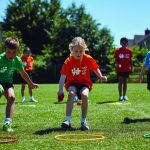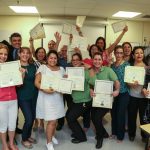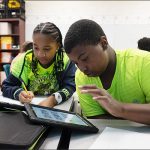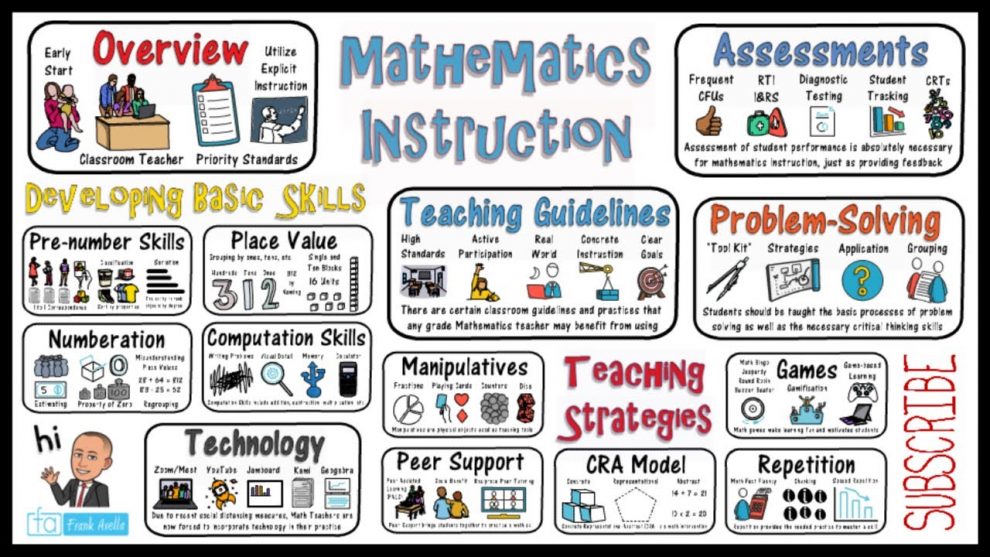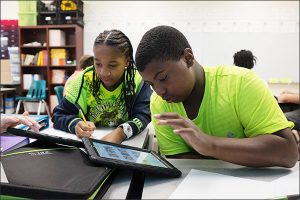The middle school years represent a pivotal time for developing students’ foundational math competencies. During this transitional stage, students move from mostly concrete math concepts to higher-level abstract thinking. To meet the needs of diverse middle school learners, math teachers must employ a strategic blend of innovative and validated instructional approaches. This article explores research-based strategies for actively engaging middle grades math students and nurturing confident, capable mathematicians.
Incorporate Hands-On Learning
Math comes alive for middle schoolers when they can engage physically with concepts through hands-on manipulatives, experiments, models and projects. These active learning experiences tap into the adolescent brain’s sensory preferences. Helpful hands-on strategies include:
- Algebra tiles to model operations and visualize equations
- Graph paper to plot points and functions
- 3D shapes to explore geometry relationships
- Measuring activities using rulers, scales and objects
- Building models of math ideas from paper or digital platforms
According to National Council of Teachers of Mathematics (NCTM), “Manipulatives allow students to bring mathematical ideas to life.” Hands-on learning makes math concrete and enjoyable.
Facilitate Math Discourse and Collaboration
Discussing mathematical thinking with peers deepens conceptual understanding and allows students to refine their reasoning skills collaboratively. Teachers promote discourse by:
- Posing engaging problems and probing questions for small groups
- Assigning collaborative projects to solve real-world math scenarios
- Having students share problem-solving ideas and approaches with the class
- Creating a safe space for math discussions without fear of being wrong
The National Council of Teachers of Mathematics states, “Evidence indicates that collaborative environments support meaningful math discourse.” Conversing about math cements learning.
Leverage Technology and Digital Tools
Digital tools like math apps, educational games, adaptive software and digital manipulatives provide interactive ways for middle schoolers to practice essential math skills. Integrating technology tools boosts engagement while allowing personalized math practice. For example:
- Math puzzle and game apps to reinforce skills through play
- Graphing calculator simulations to visualize graphs
- Digital math manipulatives for virtual fraction models
- Math software with customized feedback and tutorials
According to the National Council of Teachers of Mathematics, “Technology is an essential tool for learning mathematics.” When used purposefully, technology becomes a dynamic math facilitator.
Differentiate Instruction
Middle school math students have varied learning needs and backgrounds. Effective teachers tailor instruction to challenge and support every learner. Key differentiation strategies include:
- Grouping students by ability or skill level for targeted lessons
- Scaffolding complex concepts through direct modeling and guided practice
- Offering menu choices and tiered assignments with options for complexity
- Allowing different pacing and providing extra time if needed
The National Council of Teachers of Mathematics states, “An excellent mathematics program requires equity, access, and differentiation.” Responsive instruction ensures math equity.
Make Real-World Connections
Linking classroom math to the real world motivates adolescents and expands numeracy skills. Teachers can bring authenticity into math through:
- Word problems based on real-life scenarios
- Projects analyzing data from students’ lives and interests
- Math modeling of real-world businesses, sports, and activities
- Field experiences practicing math skills like measurement and budgeting
Making explicit connections between math and life helps students view math as meaningful and enjoyable, not isolated drills. As urged by mathematician Paul Lockhart, “It is time to realize that mathematics is about ideas, and not numbers.” Real-world math reveals big ideas.
Conclusion
Effective middle grades math instruction equips students for higher-level math by actively engaging them in hands-on learning, collaborative discourse, technology integration, differentiated instruction, and real-world applications. This multifaceted approach instills conceptual understanding and essential skills for math success. When math clicks with middle schoolers, they gain confidence to embrace math as a captivating, creative discipline.



